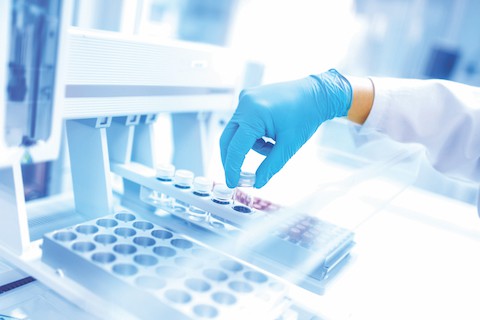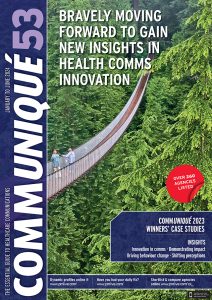
Researchers from the Massachusetts Institute of Technology (MIT), Brigham and Women’s Hospital, and Duke University have developed a model that identifies which drugs can and cannot be taken together.
Using machine learning, researchers were able to predict interactions that could affect a drug’s effectiveness.
All oral drugs must pass through the lining of the digestive tract to be effective. Found on the lining of the gastrointestinal tract, transporter proteins can be found on cells to help this process.
However, for many drugs, it is unknown which of those transporters are used to exit the digestive tract.
Additionally, if two drugs rely on the same transporter, they can interfere with each other and should not be prescribed together.
Researchers aimed to identify the transporters using a pig intestinal tissue model to expose tissue to different drug formulations and measure how well they were absorbed.
The team tested 23 common drugs to study how they interact with many drugs, trained a machine-learning model on the data learned, as well as data from several drug databases and successfully made predictions of which drugs could interact with which transporters, based on similar chemical structures of the drugs.
In total, the team analysed a new set of 28 currently used drugs as well as 1,595 experimental drugs, yielding nearly two million predictions of potential drug interactions.
This included the prediction that the antibiotic doxycycline could interact with a commonly prescribed blood thinner, warfarin.
Additionally, doxycycline was predicted to also interact with digoxin, used to treat heart failure, levetiracetam, an antiseizure medicine and an immunosuppressant called tacrolimus.
After testing 50 patients taking one of those three drugs with doxycycline, data showed that the level of warfarin in patients’ bloodstreams increased and then decreased after they stopped taking the antibiotic.
“This study… could… help make drugs safer and more efficacious and predict potential toxicities that may have been difficult to predict until now,” said Giovanni Traverso, associate professor, mechanical engineering, MIT and gastroenterologist at Brigham and Women’s Hospital.
For drugs currently in development, the technology could help alter formulations of new drug molecules to prevent interactions with other drugs and improve their absorbability.




